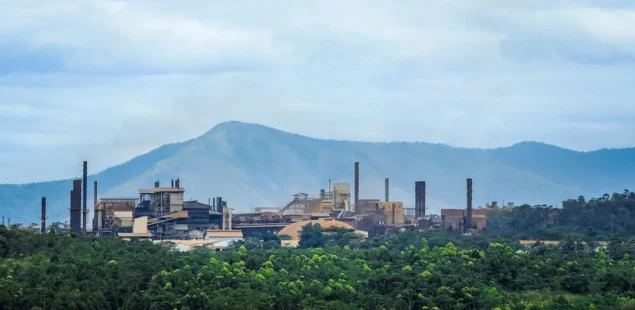
Market analyst BMI has maintained its zinc price forecast for 2025 at $2,650 per tonne, citing weaker supply and demand dynamics. Zinc prices began the year at $2,888 per tonne but are projected to drop by 5.8% compared to the 2024 average of $2,812 per tonne. Tightening market fundamentals, including a shortage in zinc concentrate, have constrained refined output, while broader economic uncertainties weigh on the market.
Refined zinc production is expected to see a surplus of 270,000 tonnes in 2025, following a deficit of 184,000 tonnes in 2024. This reflects an anticipated rebound in production, which is forecasted to grow by 5.1% year-on-year in 2025 after a contraction in 2024. BMI estimates global refined zinc output for 2024 declined by 0.7%, falling to 13.8 million tonnes from 13.9 million tonnes in 2023.
Market pressures include a slowing economic outlook in mainland China and potential volatility tied to the re-election of Donald Trump as President of the United States. Trump’s proposed trade policies and the expectation of a stronger US dollar could create additional headwinds for zinc prices. BMI forecasts zinc prices to average $2,700 per tonne over the longer term, from 2024 to 2028, well below the 2022 average of $3,440 per tonne.
Supply Outlook BMI projects a sustained zinc market surplus through 2033, peaking at around 578,000 tonnes in 2027. Despite this surplus, demand from clean energy transitions is expected to support the market in the long term. Zinc’s applications in lightweight vehicle manufacturing and corrosion protection for wind turbines and solar panels will drive future consumption.
To address unfavourable treatment charges, major Chinese smelters have taken coordinated action, including reducing concentrate demand, delaying capacity expansions, and increasing the use of secondary materials. These measures contributed to the decline in global zinc output in 2024. Outside China, production declines in Peru, Canada, and the Netherlands also added to the global downturn. However, Europe shows some potential for recovery, albeit with persistent risks in certain regions.
Demand Trends Global refined zinc consumption grew by 2.2% year-on-year in 2024 and is expected to rise another 1.7% in 2025. Mainland China’s construction sector, which accounts for approximately 50% of global zinc consumption, remains a key driver despite challenges in its property market. Galvanized steel, used for corrosion protection, underpins demand in this sector.
India is also expected to contribute to demand growth, supported by increased public infrastructure spending. Additionally, clean energy technologies are poised to provide significant upside for zinc demand, particularly in China, mitigating some of the effects of its property sector weakness.



